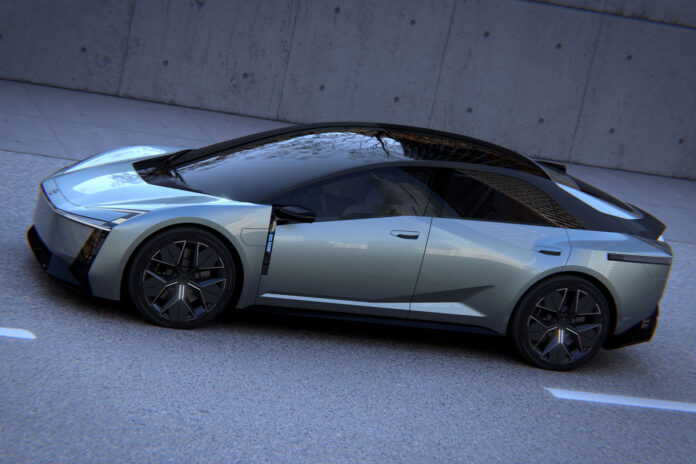Beyond the technical compatibility of hydrogen fuel cells, however, the primary inhibitor to driving uptake of hydrogen-powered cars is the lack of fuelling infrastructure – a shortcoming that will not be addressed while there are no vehicles to use it.
But Yamagata outlined a solution for this ‘chicken and egg’ situation that involves increasing the amount of hydrogen-powered lorries on the road to lay the foundations for a more developed refuelling network, that can then be cost-effectively adapted for passenger cars.
He noted that there are a number of hydrogen stations in Europe already (almost 300 according to official figures), but said almost all of them are for passenger vehicles – of which there are very few examples on the roads.
“However, the movement to change heavy-duty trucks to hydrogen is now accelerating, so the current challenge is how we can actually convert the passenger vehicle hydrogen infrastructure into a heavy-duty truck hydrogen infrastructure.”
“We think it’s an opportunity for us, because if the trucks use a lot of hydrogen, the price of hydrogen will decrease.” The average FCEV lorry, he estimated, uses around 120 times more hydrogen than an FCEV car.
Yamagata highlighted a recent proposal from Europe’s Hydrogen Council – of which Toyota is a member – to establish a hydrogen fuelling station every 200km (124 miles) on the region’s motorway network, and said this could be key to making the powertrain a more viable solution for commercial and passenger vehicles.
